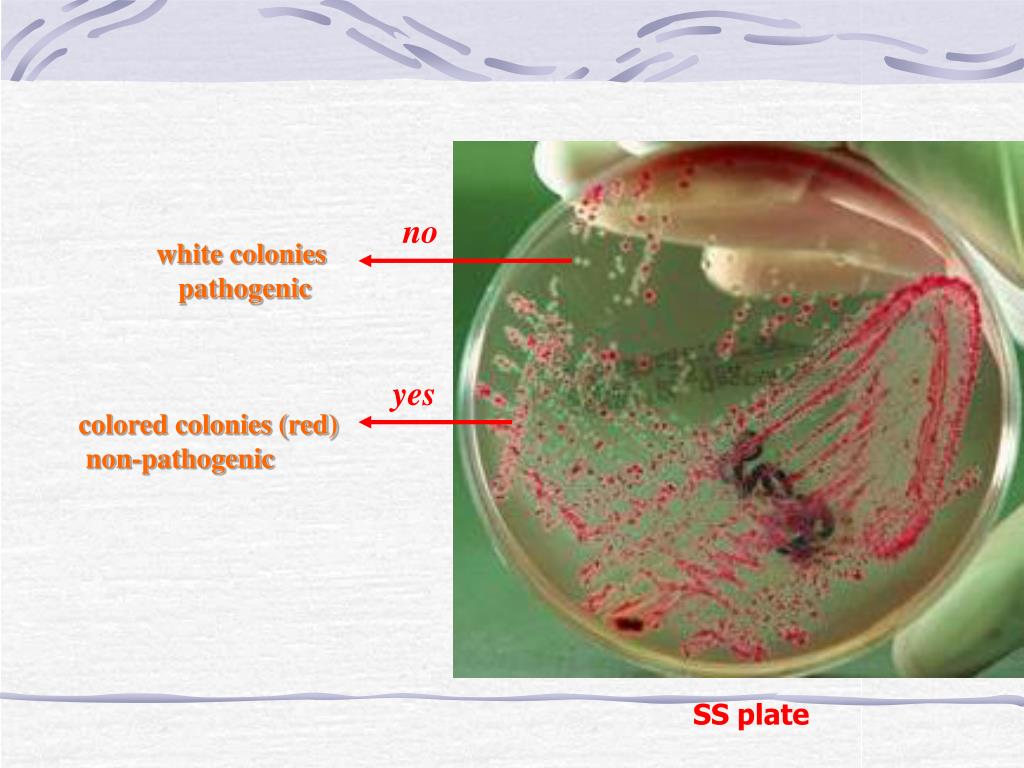
Two other groups of non-fermenting GNB did not make the list, probably due to their relatively lower incidence of infection: Stenotrophomonas maltophilia and Burkholderia cepacia complex (Bcc). Īmong such bacterial pathogens, two lactose- and glucose non-fermenting Gram-negative bacteria (GNB) are described by the Centers for Disease Control and Prevention (CDC) report as microorganisms with a threat level of serious: multidrug resistant (MDR) Pseudomonas aeruginosa and Acinetobacter baumannii. National and world health leaders describe antibiotic-resistant bacteria as “nightmare bacteria” that “pose a catastrophic threat” to people in every country in the world. The Infectious Disease Society of America (IDSA) and the World Health Organization (WHO) regard AMR as one of the three greatest threats to human health worldwide. The problem has therefore reached proportions of significant importance for both human health and the economy, enough to propel the issue of AMR to the forefront of national and global health concerns. These figures pale in comparison to the estimate put forth by the British Government in May 2016 where authorities predict that by 2050, approximately 10 million people would die every year globally as a result of AMR, more people than currently die from cancer.



Based on a landmark report from the Centers for Disease Control and Prevention (CDC) published in 2013, we now know that AMR affects more than 2 million people every year, resulting in a minimum estimate of 23,000 deaths per year in the United States (U.S.) and 25,000 deaths per year in the European Union. During the past decade, the scientific, public health, and political communities realized the alarming public health crisis that antimicrobial resistance (AMR) represents.


 0 kommentar(er)
0 kommentar(er)
